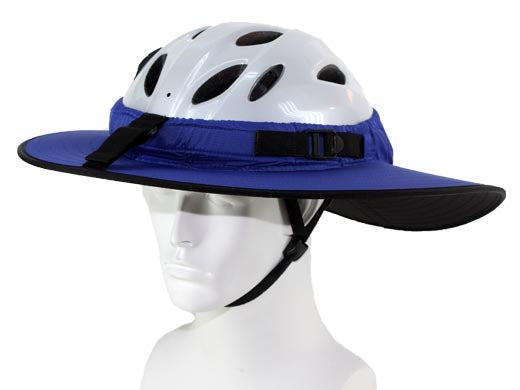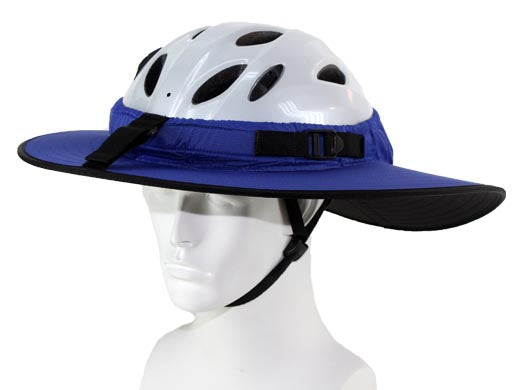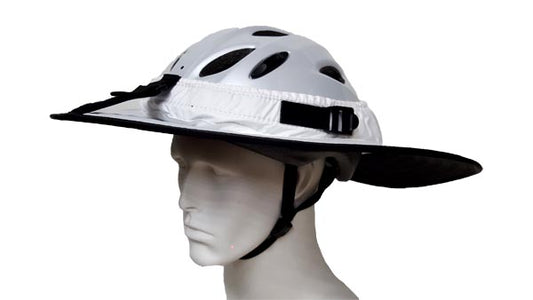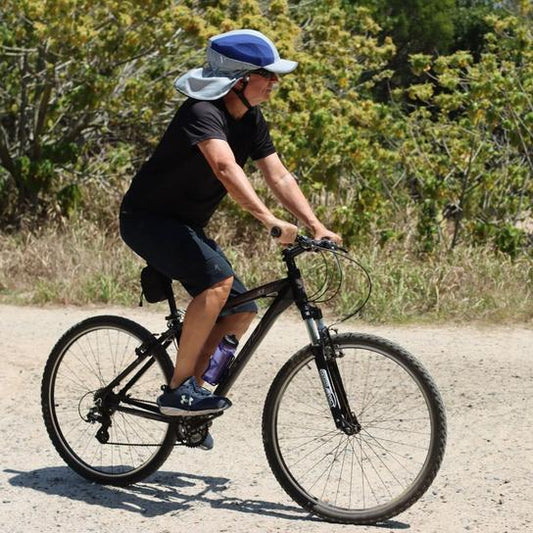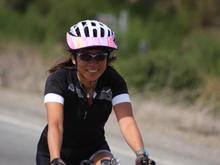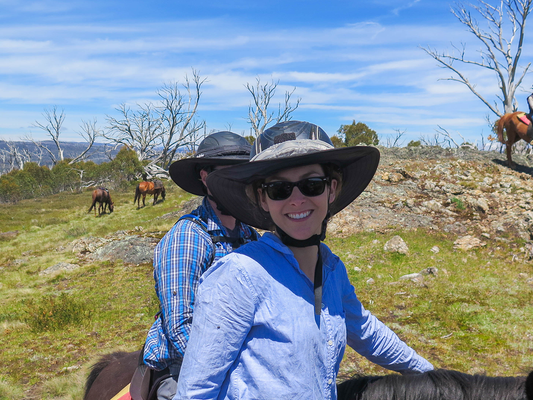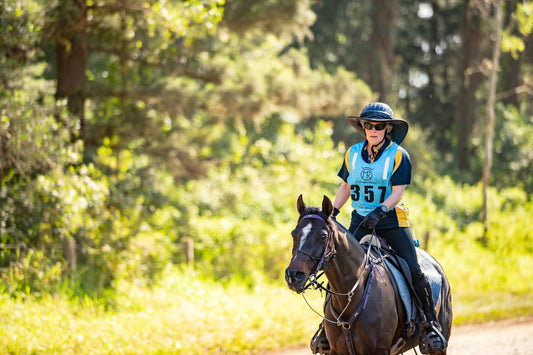Melanoma or skin cancer is the third most common cancer in Australia. It is estimated that 15,691 new cases of melanoma will be diagnosed in the country in 2020. More alarmingly, about 183,561 people living today had been diagnosed with melanoma in the past 33 years. The results in New Zealand are similar.
The disease is characterized by asymmetrical moles or spots on the skin, sores that do not heal, and itching, scaling, bleeding, swelling, or pain around the mole. Melanoma in situ or stage 0 melanoma is only on the surface of the skin, but it carries the risk of developing into more serious types that can spread to other organs.
This type of cancer is related to severe UVR exposure. In Australia, more than 95 per cent of melanoma cases develop due to exposure to ultraviolet rays.
What is UVR exposure?
Ultraviolet radiation or UVR is from the sun. People are used to thinking of visible radiation, or light, and infrared radiation, or heat. UVR can neither be seen nor felt by humans without specialized equipment, but exposure to it can cause various skin and eye problems. Aside from skin cancer, exposure to puts a person at risk for photo conjunctivitis, cataracts, and photokeratitis, which are all eye ailments.
Because of where New Zealand is on the globe, it receives a large amount of UVR. Since we have relatively clear skies, there is less material for the rays to travel through, which impacts the skin more directly than if there were clouds. A person’s risk for developing melanoma is related to the amount of exposure they have had to this radiation over their lifetime.
How can UVR intensity be measured?
To raise awareness of the risks of exposure, specialists had to develop an international standard that measures the strength of ultraviolet radiation. The UV index shows figures that represent the risk of getting a sunburn due to UV exposure. This information is typically displayed alongside weather reports or forecasts, to guide you in planning activities.
The numbers are represented on a scale from 0 to 11. A UV index of 0 to 2 means there is a low risk of harm from going out in the sun for the average person. From 3 to 10, the readings increase in severity, from moderate to very high. If there are readings at this level, people are advised to take general precautions such as wearing sunscreen when swimming or bike helmets when riding. A reading of 11 or more means that the risk of exposure to radiation is at an extreme, and people should take maximum precautions when outdoors.
How can we reduce the impact of exposure?
When going outside, even in cloudy weather, it is advisable to protect yourself from sun exposure. Wear wide-brimmed hats, sunglasses, bicycle helmets with sun shields, or other ways to shade your eyes from the radiation.
Protecting your skin is also important. Choose protective clothing that covers most of your body. If on the beach, make sure you have water-resistant sunscreen with SPF 30 or above. Put your sunscreen on before you go outside; after applying, wait for 20 minutes before heading outdoors and reapply every two hours.
Conclusion
Sun exposure can lead to serious health ailments like melanoma or cataracts. Protect your skin when outdoors by paying attention to announcements on the UV forecast for the day and taking the necessary precautions.
If you are looking for a bike helmet with a sun brim or even a horse helmet sun visor, visit us at Sun Brims New Zealand today. Our sun brims are smartly made to protect your face from the harmful UV!
